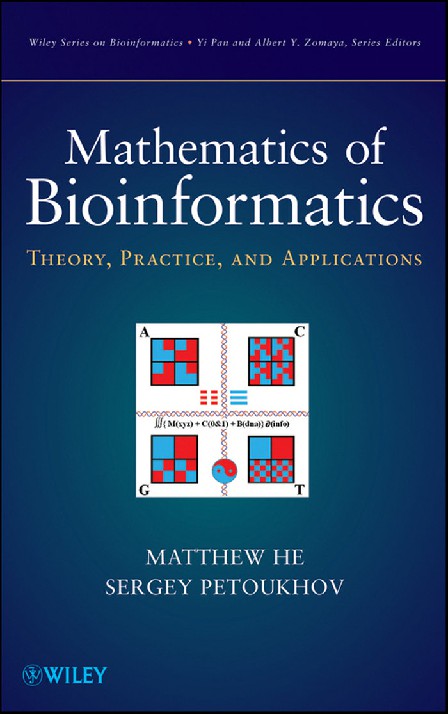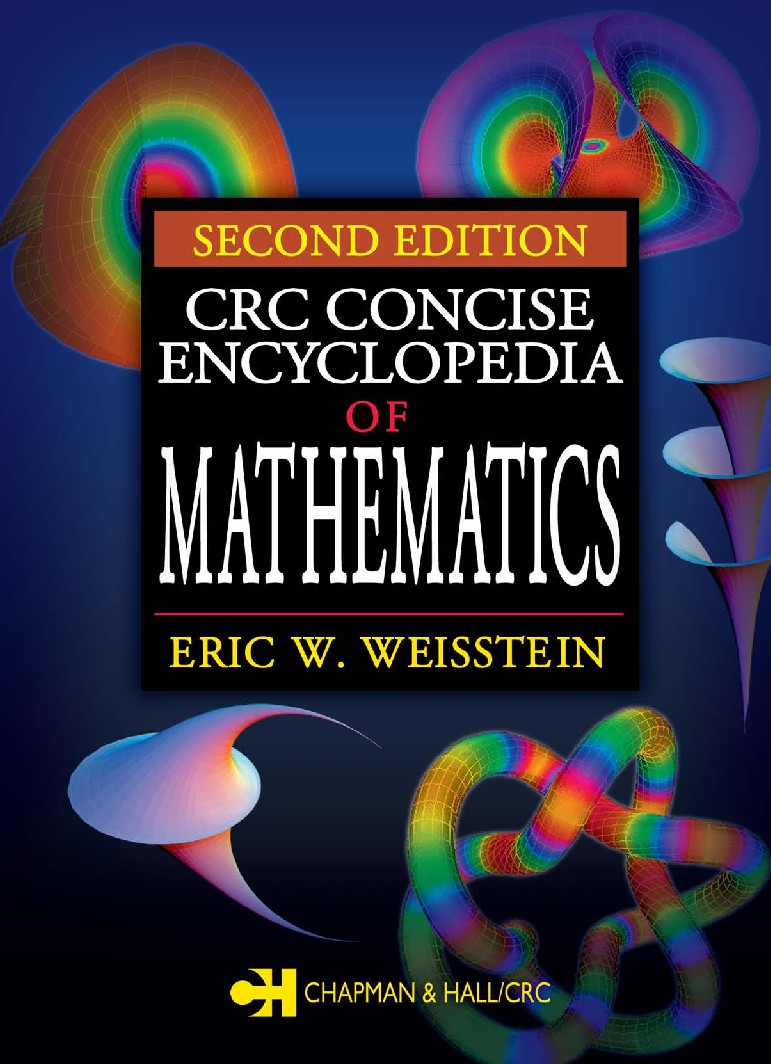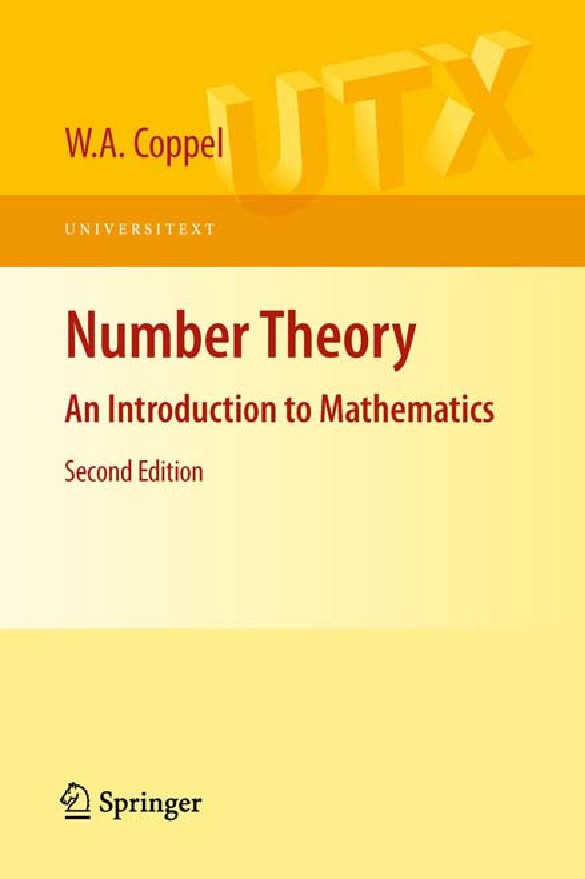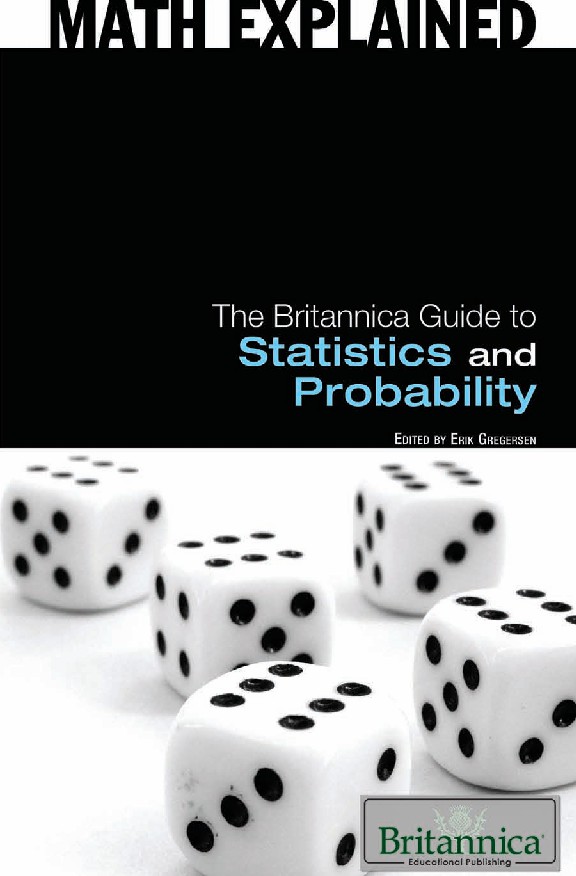Book Details

Mathematics of Bioinformatics
Recent progress in the determination of genomic sequences has yielded many
millions of gene sequences. But what do these sequences tell us, and what
generalities and rules are governed by them? There is more to life than the
genomic blueprint of each organism. Life functions within the natural laws
that we know and those we do not know. It appears that we understand very
little about genetic contexts required to “ read ” these sequences. Mathematics
can be used to understand life from the molecular level to the level of the
biosphere. This book is intended to further integrate the mathematics and
biological sciences. The reader will gain valuable knowledge about mathemati-
cal methods and tools, phenomenological results, and interdisciplinary connec-
tions in the fi elds of molecular genetics, bioinformatics, and informatics.
Historically, mathematics, probability, and statistics have been widely used
in the biological sciences. Science is challenged to understand the system
organization of the molecular genetics ensemble, with its unique properties of
reliability and productivity. Disclosing key aspects of this organization consti-
tutes a big step in science about nature as a whole and in creating the most
productive biotechnologies. Knowledge of this structural organization should
become a part of mathematical natural science.
Author: MATTHEW HE
Pages: 317
Issue By: Gyan Publication
Published: 2 years ago
Likes: 0











